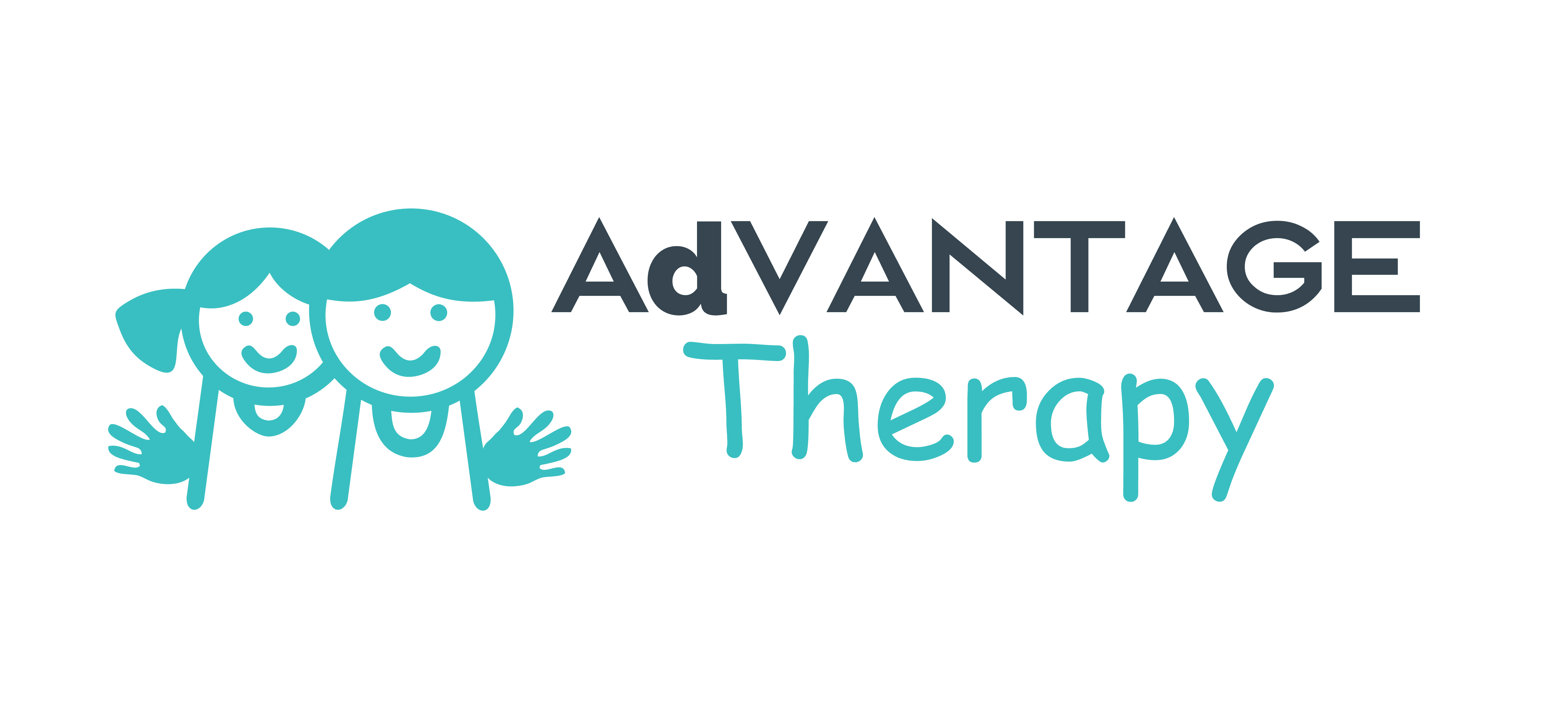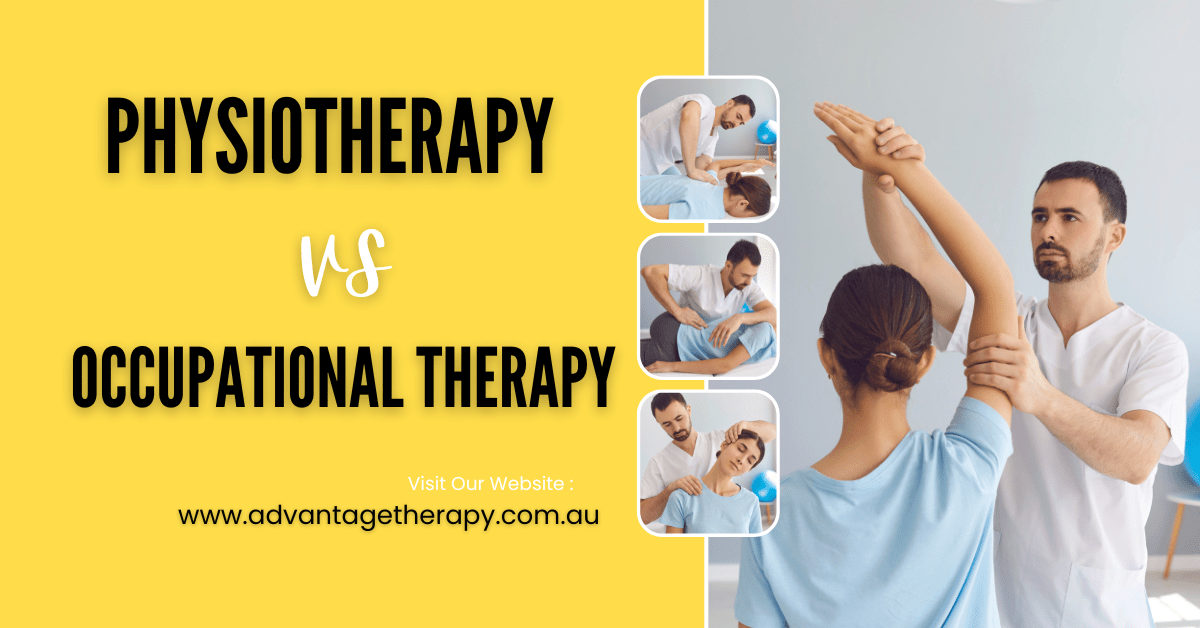What’s the Difference Between Physiotherapy and Occupational Therapy?
Understanding the distinctions between physiotherapy and occupational therapy can help you make informed decisions about your healthcare needs. While both professions aim to improve individuals’ quality of life, their approaches and goals differ significantly. In this blog post, we will explore the differences and similarities between these two essential healthcare fields.
Occupational Therapy vs Physiotherapy
Occupational therapy (OT) focuses on helping individuals achieve independence in their daily activities. OTs work with people who have physical, cognitive, or emotional challenges to enhance their ability to perform tasks at home, work, and in the community. The primary goal of OT is to improve the client’s functional abilities and ensure they can participate fully in everyday life.
Physiotherapy (PT), on the other hand, is centered on improving physical function and mobility. Physiotherapists work with individuals recovering from injuries, surgeries, or those with chronic conditions affecting their muscles, joints, and nervous system. The main aim of physiotherapy is to restore movement and reduce pain through exercises, manual therapy, and other interventions.
What are the Differences and Similarities Between an Occupational Therapist and a Physiotherapist?
Differences
- Focus and Goals:
Occupational Therapists: Emphasize enabling clients to perform daily activities and achieve independence. This may involve adapting the environment, teaching new skills, or using assistive devices.
Physiotherapists: Concentrate on treating physical impairments and improving movement and function. They design exercise programs and use techniques like massage, heat therapy, and electrotherapy to alleviate pain and enhance mobility.
- Scope of Practice:
OTs: Address a wide range of issues, including physical, cognitive, and psychosocial aspects. They work in diverse settings such as homes, schools, workplaces, and community centers.
PTs: Primarily focus on physical rehabilitation. They often work in hospitals, clinics, sports facilities, and rehabilitation centers.
- Treatment Techniques:
OTs: Utilize activities and interventions tailored to daily tasks, such as dressing, cooking, or driving. They might suggest modifications to the home or workplace to facilitate independence.
PTs: Use physical modalities and exercises to treat musculoskeletal and neurological conditions. Techniques include stretching, strengthening exercises, and manual therapy.
Similarities
- Patient Centered Care: Both OTs and PTs prioritize individualized treatment plans based on the client’s specific needs and goals. They involve the client in setting objectives and track progress over time.
- Collaboration: OTs and PTs often work together as part of a multidisciplinary team, particularly in rehabilitation settings. They collaborate to provide comprehensive care that addresses all aspects of a patient’s recovery.
- Education and Training: Both professions require advanced education and clinical training. Practitioners must be licensed and adhere to continuing education requirements to maintain their credentials.
Physiotherapy vs Occupational Therapy – Still Unsure?
Choosing between physiotherapy and occupational therapy depends on your specific needs and goals. Here are a few scenarios to help you decide:
Choose Physiotherapy if:
- You are recovering from a sports injury or surgery and need to regain strength and mobility.
- You have chronic pain or a musculoskeletal condition that limits your movement.
- Your primary goal is to improve physical function and reduce pain.
Choose Occupational Therapy if:
- You need assistance with daily activities due to a physical, cognitive, or emotional challenge.
- You require adaptations or assistive devices to improve your independence at home or work.
- Your focus is on achieving greater independence and participation in everyday life.
Begin Your Journey Today at Advantage Therapy
At Advantage Therapy, we offer both occupational therapy and physiotherapy services to meet the diverse needs of our clients. Our team of experienced therapists is dedicated to providing personalized care that enhances your quality of life.
Our Approach
- Comprehensive Assessments: We conduct thorough evaluations to understand your unique challenges and goals.
- Individualized Treatment Plans: Based on the assessment, we develop tailored treatment plans that address your specific needs.
- Collaborative Care: Our OTs and PTs work together to ensure a holistic approach to your rehabilitation and recovery.
- Client Education: We empower you with knowledge and skills to manage your condition and maintain your progress.
Getting Started
To begin your journey towards improved function and independence, contact Advantage Therapy. Our team is here to support you every step of the way, whether you need physiotherapy, occupational therapy, speech therapy, behavior therapy or a combination of speech and OT sessions.
Understanding the differences between physiotherapy and occupational therapy can help you make the right choice for your healthcare needs. Both professions offer unique benefits and can significantly improve your quality of life. If you’re unsure which therapy is right for you, our team at Advantage Therapy is here to guide you and provide the comprehensive care you deserve.
Read our more blogs:
https://advantagetherapy.com.au/blog/understanding-hand-therapy-benefits-process-and-tips/
https://advantagetherapy.com.au/blog/what-is-occupational-therapy-for-adults/





